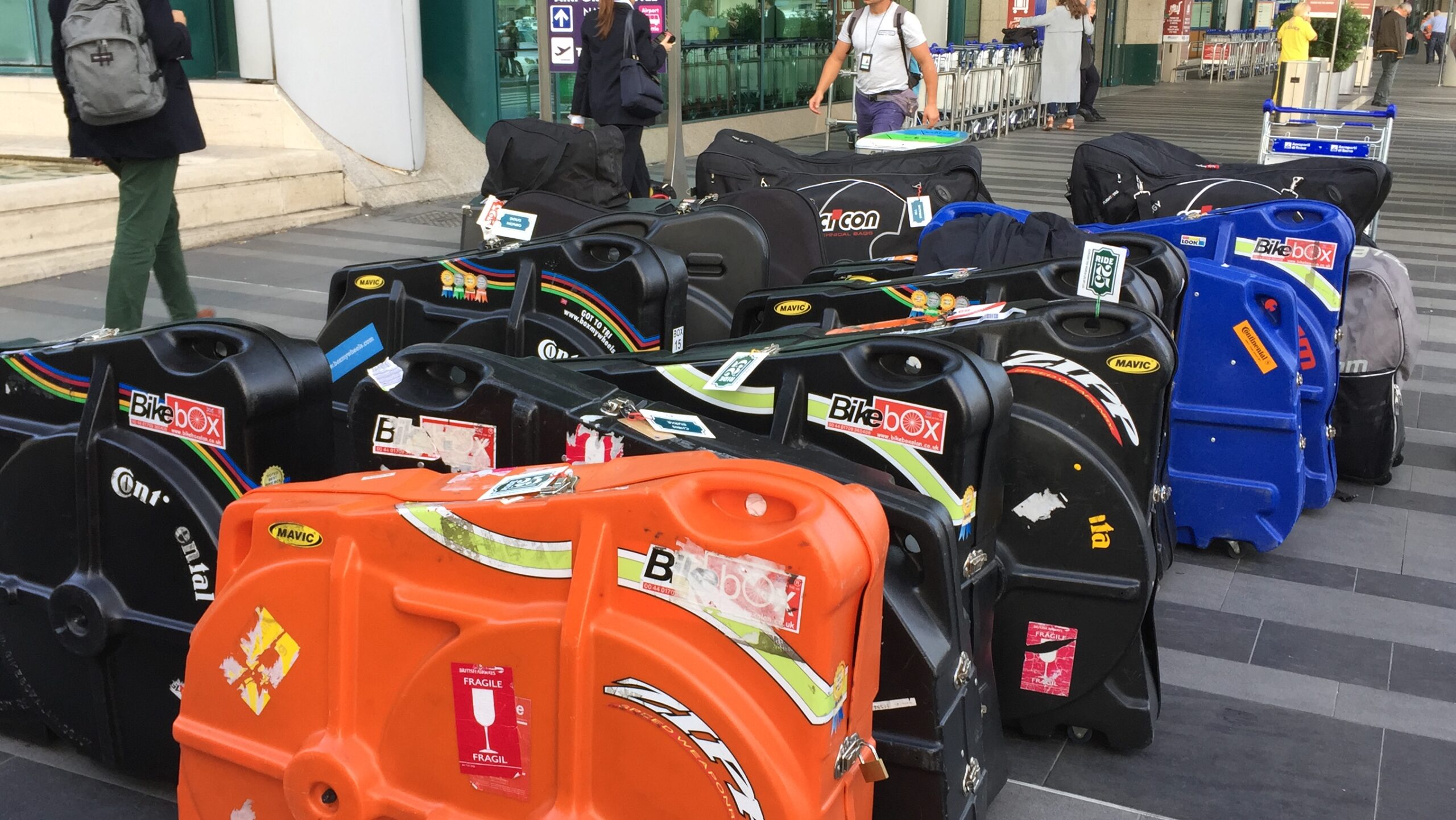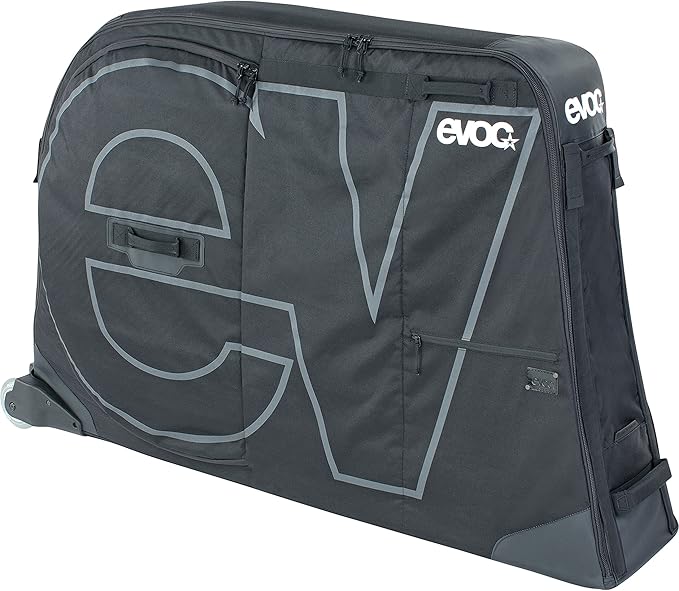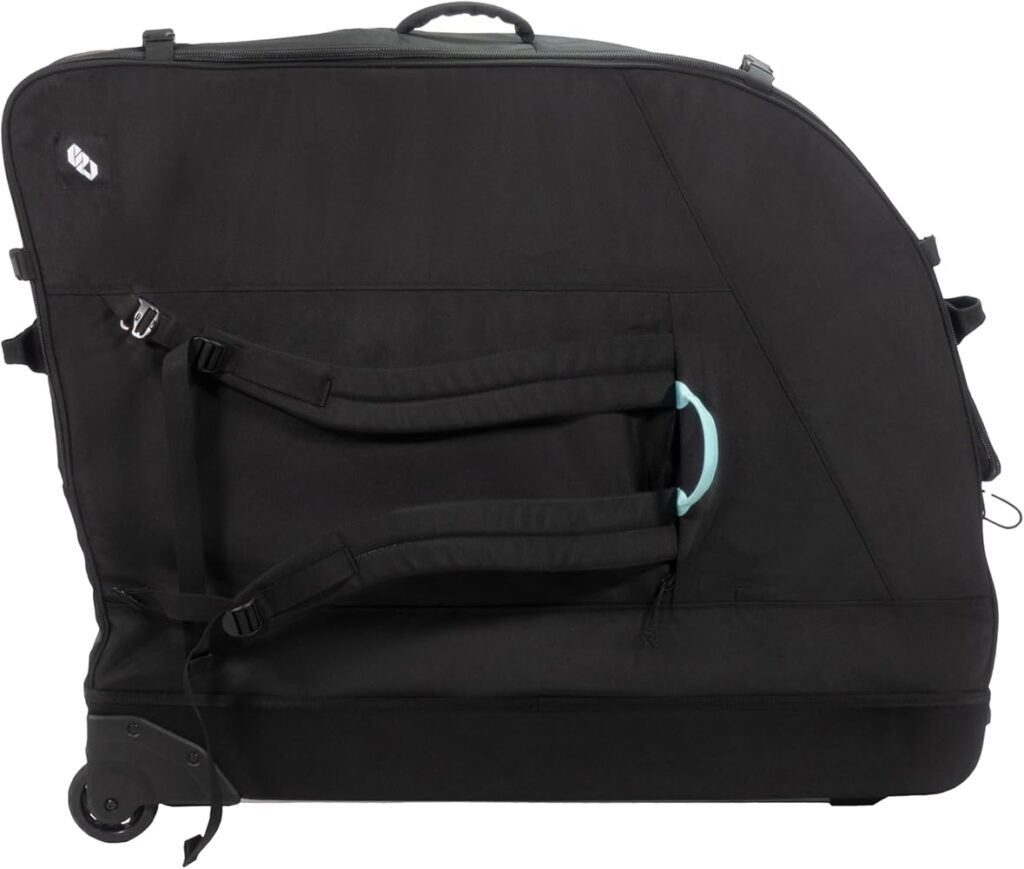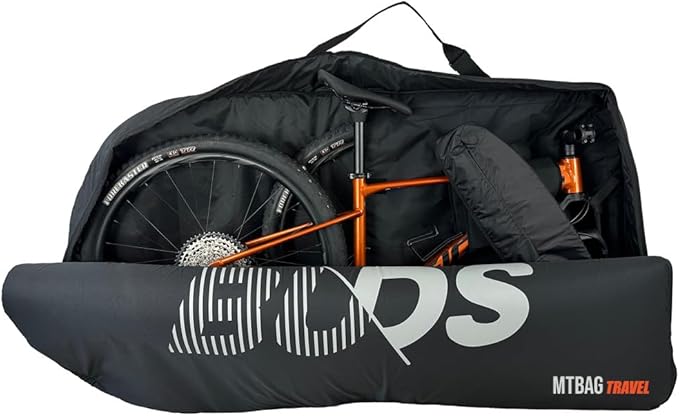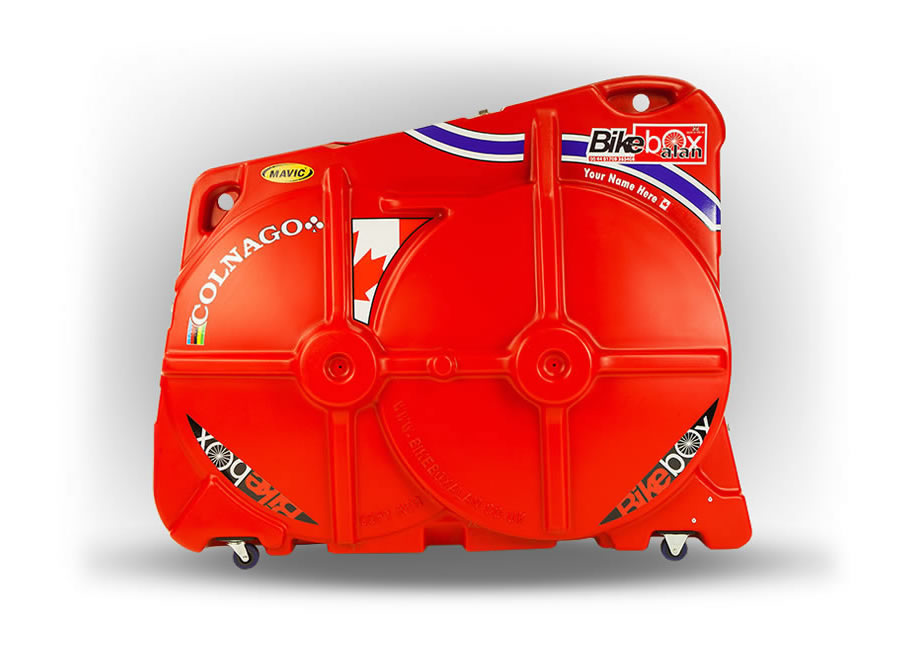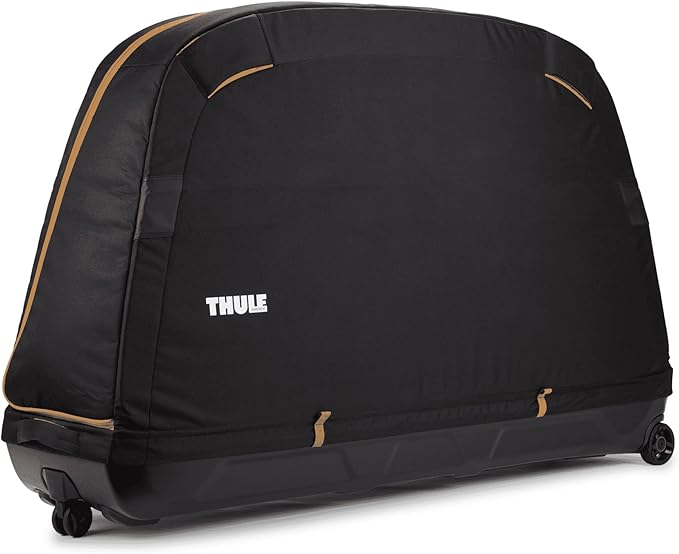Flying with your bike might feel like a logistical nightmare, but whether you want to take your bike abroad for a cycling holiday or are off to a sportive, know that with the right preparation and good bicycle insurance, taking a bike on a plane can be straightforward.
Buying the Right Plane Ticket
The first step to flying with a bicycle is letting the airline know by purchasing the correct ticket.
Always check your airline’s policy regarding bicycles before booking. Some airlines might need you to book your bike under ‘Sporting Equipment’. Amending your booking can incur fees, so doing your research is worthwhile. It might be a good idea to print the airline bicycle policy out so you can reference it, if necessary, when checking in.
Please be aware that most E-bikes are banned due to the size of the battery. CO2 cannisters that some cyclists use for quick inflation are also banned so opt to buy them at your destination instead.
People ask, ‘how expensive is it to fly with a bike?’ and the answer depends on the airline. Some airlines, like British Airways, include bikes in their standard baggage allowance but lots of other airlines charge extra fees.
Upon booking your plane ticket, check the size and weight limits for bicycles. You should also contact your airline to notify them of your plans to travel with a bike.
Different airlines treat bikes differently – some make you pay a fee, some include in baggage allowance. If you have two flights for a transfer, then you need to check both flights will accept your bike. To make sure your flight has room for your bike, contact them after booking.
Airline Bike Policies
*The quoted cost is one direction only.
**Free means the checked baggage allowance includes a bike at no additional cost. You might need to pay for checked baggage, but no extra fee applies specifically for the bike. If your bike exceeds standard checked baggage dimensions, you might need to pay a flat rate (Lufthansa) or purchase a sporting equipment allowance (Qatar).
Packing Your Bike
Most bicycle travel cases, bike bags and bike boxes require a level of deconstructing your bike. To make things easier for you when you need to put your bike back together again, you should mark, with tape or pen, where things are. This is particularly handy for things like the height of your seat post.
Typically, wheels and pedals need to be removed entirely, and adjustments will need to be made to your handlebars for your bike to fit in its bag or box, and for it to be compliant with your airline’s policy.
Many cyclists also choose to remove the rear derailleur to avoid damaging it. If your bike is not resting on this side and you’re sure nothing either inside or outside your bike box or bag will push against it, causing the hanger to bend, then you can leave it on.
In addition to removing components, airlines are also likely to require your bike tyres to be deflated as a result of high pressure. Deflate them so they are 1 bar below the maximum pressure labelled on the tyre sidewall. It’s important for them not to be totally deflated so your wheel rims still have a layer of protection. If your bike has tubeless tyres, make sure they have enough air in them to keep the tyres seated.
The process of taking your bike apart and packing it up can be time-consuming – don’t wait until the day of your flight to do it!
As a result of this deconstruction, you’ll need to remember to bring some tools with you so you can put your bike back together again upon arrival, just don’t carry them in your hand luggage as they will likely be confiscated – even multi-tools. Put them in your check-in luggage instead.
Transporting Your Bicycle
Now you have deconstructed your bike, it’s time to pack it ready for transportation. There are three main ways to do this:
Cardboard Box
Pros: Cardboard boxes are a cheap and surprisingly effective way to transport your bike on an aeroplane. Local bike shops give them away for free or very cheaply if you ask.
Cons: Be aware that they’re not durable and are very fragile. Cardboard boxes are easily damaged, whether they get wet, ripped or punctured. This means you need to invest heavily in additional padding to protect your bike as much as possible. Some airlines also won’t accept anything other than specific bicycle bags or boxes, and they’re also difficult to transport.
Bike Bag
Pros: They are often easy to carry, as many of them have straps and wheels for this purpose. Many bike bags have lots of internal padding and protection.
Cons: Although they offer their own padding, you’ll probably want to bulk this out with your own. They also require quite significant deconstruction, including the fork, handlebars, pedals, wheels and the rear derailleur.
Top Three:
Hard Case Bike Box
Pros: Hard shell bicycle boxes offer maximum protection for your bike; you can even buy ones with built-in work stands, which will make assembling your bike once you land a lot easier.
Cons: They are often expensive, bulky and heavy, so they are less convenient for travelling around.
Top three:
Scicon Aerocomfort Transport Bag
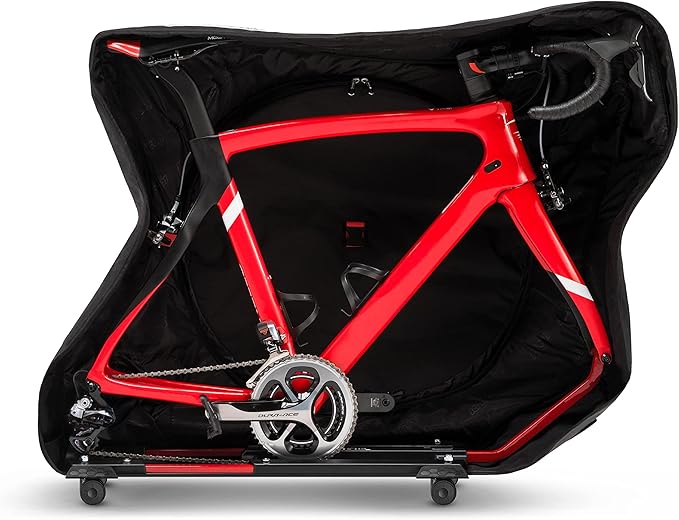
Padded cover with full protection inside. No need to disassemble handlebars, saddle or seat post.
Bike bags and bike boxes are great as they are purpose-built. If you can’t justify the price of a bike box or bag brand new, then look for secondhand options or consider hiring one for the duration of your trip.
When it comes to bike bags and bike boxes, you should be aware that their size might incur oversized baggage fees. Additionally, you should note that some airlines will state that your bike carrier cannot be used to transport anything other than your bike. This means all your cycling accessories will need to go in your suitcase.
However you choose to transport your bike, make sure to also pad everything out with bubble wrap and foam pipe lagging. Protecting the frame tubes, crank arms, handlebars, the stem and seat post is vital. Other bicycle components, such as the disc rotors, chainrings and rear derailleur, are fragile and therefore susceptible to damage too. To prevent this, you can purchase spacers to place between dropouts and disc pads. It’s also worth securing everything inside the box or bag by strapping things into place.
Being cautious is important – you don’t want open your bag or box on the other side and realise your bike has been damaged!
Bicycle Insurance for Air Travel
At Cover4Cycles, we offer worldwide cover for 30, 60 or 90 consecutive days so your bike is protected abroad. Headed to a competition or sportive overseas? We also offer coverage for competitive and sportive bicycle use. Get a bike insurance quote from Cover4Cycles today!
In Summary
Flying with your bike doesn’t have to be intimidating. With good preparation, proper research, a sturdy case and the right bike insurance, you’ll be able to confidently travel with your bicycle.

